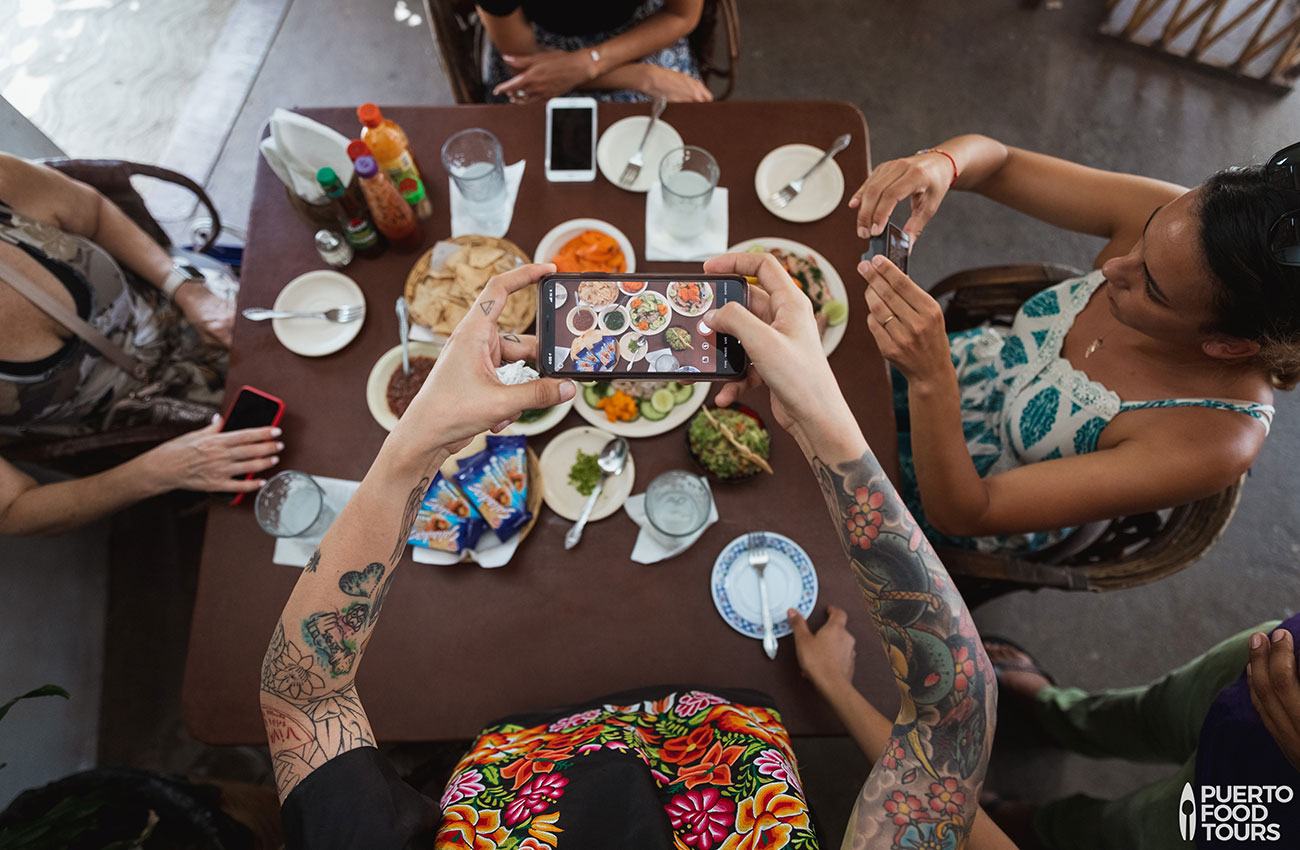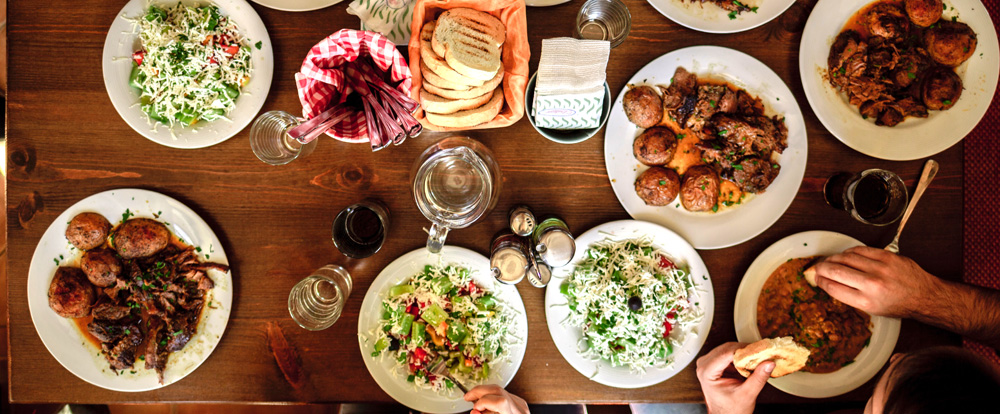Hanoi Food Tours: Journey With Taste and Society
Hanoi Food Tours provide an one-of-a-kind opportunity to involve with the city's culinary heritage, offering individuals a chance to experience not just the diverse tastes however additionally the cultural stories that go along with each recipe. As one browses through the streets of Hanoi, an exploration of the cultural relevance behind renowned meals awaits, motivating one to take into consideration just how these tastes form the identity of this lively city.
Culinary Highlights of Hanoi
Although Hanoi is renowned for its rich history and vibrant society, its culinary scene is similarly compelling, using a diverse variety of tastes and meals that mirror the city's unique heritage. Central to Hanoi's cuisine is the renowned Pho, a fragrant noodle soup usually made with beef or hen, complemented by a fragrant brew instilled with seasonings like celebrity anise and cinnamon. An additional staple is Bun Cha, which features grilled pork patties served with vermicelli noodles and a zesty dipping sauce, exemplifying the harmonious equilibrium of pleasant, salted, and sour flavors.
Street food plays a considerable duty in the cooking landscape, with suppliers offering delicacies such as Banh Mi, a Vietnamese sandwich loaded with meats, fresh vegetables, and zesty dressings. Additionally, the traditional dish of Cha Ca, marinaded fish sautéed with turmeric extract and dill, uses a special taste of local components and food preparation techniques.

Popular Food Scenic Tour Options
Discovering Hanoi's cooking landscape through food scenic tours provides an immersive experience that showcases the city's varied flavors and culinary traditions (hanoi food tour). Among the most prominent alternatives are street food tours, which direct participants through dynamic markets and covert alleyways, tasting iconic recipes like pho, banh mi, and bun cha. These excursions often consist of communications with regional vendors, supplying insights into the preparation of each meal
Another preferred choice is a cooking class combined with a market check out. Individuals first check out local markets to pick fresh components before returning to a culinary college or neighborhood home to learn traditional food preparation techniques. This hands-on experience not just strengthens admiration for Vietnamese food however likewise gears up travelers with skills to recreate recipes back home.
For those seeking a special point of view, motorcycle food tours use an electrifying method to navigate the city while tasting a range of street foods in numerous districts. Furthermore, specialized excursions concentrating on vegetarian or vegan food deal with nutritional preferences, ensuring inclusivity. Each trip offers a distinctive opportunity to engage with Hanoi's lively food scene, making them a vital part of any type of culinary journey in the city.
Social Importance of Local Meals
The cultural relevance of local meals in Hanoi prolongs much past simple sustenance; it reflects the city's abundant background and diverse influences. Each recipe works as a narrative, telling tales of the various communities that have actually formed the culinary landscape of this vibrant city. For example, the precious Pho, a fragrant noodle soup, symbolizes the melding of Vietnamese active anchor ingredients with French culinary techniques presented throughout colonial rule.
Furthermore, regional meals commonly symbolize regional specialties and socio-economic problems, showcasing the agricultural bounty of the surrounding areas. Road food, such as Banh Mi and Bun Cha, is not only a testament to the resourcefulness of local suppliers but likewise a celebration of communal dining culture, where food comes to be a medium for social communication.
Furthermore, standard foods are typically intertwined with celebrations and routines, marking vital life events and public gatherings. The preparation and sharing of these meals foster a feeling of belonging and connection within the neighborhood. Eventually, the food of Hanoi serves not simply to nourish the body, yet to connect people with their heritage, making every meal a social experience steeped in background and importance.
Tips for a Genuine Experience
An authentic food experience in Hanoi requires more than merely tasting widely known dishes; it includes immersing oneself in the neighborhood society and taking on the methods of the citizens. Begin by engaging with neighborhood vendors at street markets, where you can observe the prep work of typical recipes and interact click to read more with the cooks. This not just enhances your understanding of the food however also promotes links with the area.
One more suggestion is to embrace the local dining etiquette. For example, lots of Vietnamese dishes are appreciated family-style, so do not hesitate to share meals. Additionally, make use of chopsticks appropriately, as this suggests regard for the cooking tradition.

Checking Out Covert Food Gems
Hanoi is home to numerous concealed food treasures that offer an unique preference of neighborhood cooking traditions. Snuggled within busy streets and quaint alleys, these eateries offer meals that mirror the rich cultural tapestry of the city. One such treasure is "Bánh Cuốn," a delicate rice noodle recipe typically full of diced pork and mushrooms, commonly enjoyed with a side of appetizing dipping sauce.
One more must-try is "Phở Bò," located in little, family-run dining establishments where recipes have been passed down through generations. The fragrant broth and tender beef exemplify Hanoi's mastery in balancing flavors.
Discovering these regional favorites typically causes unanticipated cooking thrills, like "Chả Cá," a barbequed fish recipe seasoned in turmeric and dill, offered with vermicelli noodles and peanuts.

Final Thought
To conclude, Hanoi Food Tours supply an improving experience that goes beyond plain eating, inviting individuals to engage deeply with the city's cooking heritage. The varied choices available, from street food expeditions to immersive cooking courses, facilitate a profound understanding of regional tastes and traditions. By prioritizing genuine communications with vendors and exploring lesser-known eateries, individuals can totally value the cultural significance of Hanoi's cuisine, ultimately cultivating a better recognition for the city's vibrant gastronomic landscape.
Hanoi Food Tours present an one-of-a-kind chance to involve with the city's cooking heritage, offering individuals an opportunity to experience not just the varied flavors however also the cultural narratives that come with each meal.Checking out Hanoi's culinary landscape with food scenic tours provides an immersive experience that showcases the city's varied tastes and cooking practices. hanoi food tour.For those seeking an unique point of view, motorcycle food tours provide an electrifying means to navigate the important site city while tasting a variety of street foods in various areas.A genuine food experience in Hanoi requires more than simply tasting popular meals; it includes immersing oneself in the local culture and adopting the methods of the citizens.Hanoi is home to countless covert food treasures that provide a distinct preference of local cooking customs